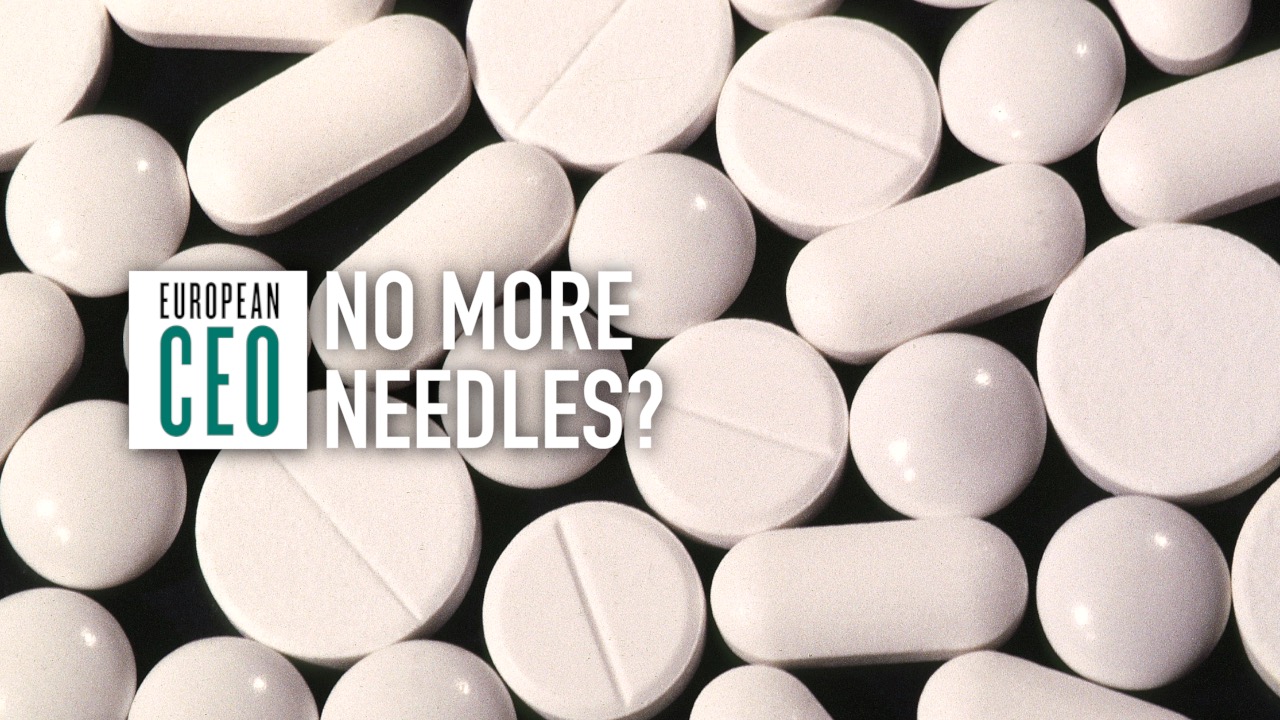Laser therapy for cancer may promote better immune response
Clinical Laserthermia Systems CEO Lars-Erik Eriksson explains immunostimulating interstitial laser thermotherapy
Transcript
Immunostimulating Interstitial Laser Thermotherapy is an innovative cancer treatment being developed by Clinical Laserthermia Systems. CEO Lars-Erik T Eriksson explains how the technology works. By putting a fibre into a solid tumour and heating it with a laser, CLS can kill the tumour and trigger an immune response to tackle metastasis. He also discusses focal laser ablation for prostate cancer, and the future view of combining cancer treatments to personalise patient care.
European CEO: Talk me through the technology: how does it work?
Lars-Erik Eriksson: We are using a laser to treat solid cancer tumours. We are putting a fibre into the solid tumour, where we heat it up to 46°C. Within two weeks to a month, the tumour is dying. But meanwhile the tumour is dying, it’s generating an antigene to trigger the immune defence. So if you have a metastatic cancer, which means that the cancer has spread in the body, we have seen that it’s having an effect on the metastasis. So in principle the immune defence of the body from the patient kills the metastasis. That’s the principle and that is the idea.
European CEO: Now in 2017 you started applying your technology in focal laser ablation treatment – what are the differences?
Lars-Erik Eriksson: imILT is a treatment that is used on breast cancer, pancreatic cancer, kidney cancer, liver cancer, and also skin cancer, which I think is a very important part. Focal laser ablation, we talk about that as a treatment of prostate cancer. And in that case we use much higher temperature, and much shorter time. Since a normal case of prostate cancer doesn’t have any metastasis, it’s not spread. We only need to kill the tumour. And that’s what we do with a high temperature, short time.
European CEO: What are the benefits of laser treatment, for patients as well as for healthcare providers?
Lars-Erik Eriksson: In early stage prostate cancer, the normal or the very common answer from a doctor to a patient is that we wait and see. And I don’t think there is any patient who wants to wait and see. But if you have surgery or other types of treatments in early stage of prostate cancer, the risk of destroying the nerve system is quite big.
With our way of working with focal laser ablation, we are very precise. So we can do exactly what we need to do with the tumour and nothing else.
When it comes to imILT, it takes 30 minutes in local anaesthesia. Which for the patient of course is much better than radiation or cell therapy.
The second part of the advantage is of course for the hospital. Because it’s a short time treatment, and you don’t need to keep the patient there. And especially I think the economic effect in the society is much higher than we have believed before.
European CEO: Your technology is approved for use in the EU and the US – what can we expect from CLS this year?
Lars-Erik Eriksson: We have an approval as you say, CE mark, in Europe. So in principle we can do what we want when it comes to treatment of patients. We have also 510(k) approval in the US. Means that we’re starting now in the beginning of May, the first treatments of patients there.
We have got a first order from one of the biggest clinics in the US. So that’s a step after 10 years, to say that here is the place we want to be.
We have ongoing now six different studies in different clinics in Europe. One in Sweden and the rest spread in Europe. Having around, I would say, 30 patients during this time. And from that our goal is to get knowledge from the immunical part, and also the security and safety and usability for it.
We have to be aware of that, in case of treatment of cancer in the future, it is not a one man show. It will be a combination of different kinds of treatments. We will have a good combination with pharmica, and with other types: radiation or whatever. We will find a way of combining our method to the best treatment of each patient. And in the end I believe that we also can personalise the treatment of a patient.
We know this type of patient, this type of possibilities. That for me is the next view. It has a bright future, that’s my idea.
European CEO: Lars Erik, thank you.
Lars-Erik Eriksson: Thank you very much.


 Using data to deliver personalised, affordable, convenient healthcare
Using data to deliver personalised, affordable, convenient healthcare Artificial intelligence is helping the fight against cancer
Artificial intelligence is helping the fight against cancer BioLingus breakthrough to trade injections for sublingual delivery
BioLingus breakthrough to trade injections for sublingual delivery